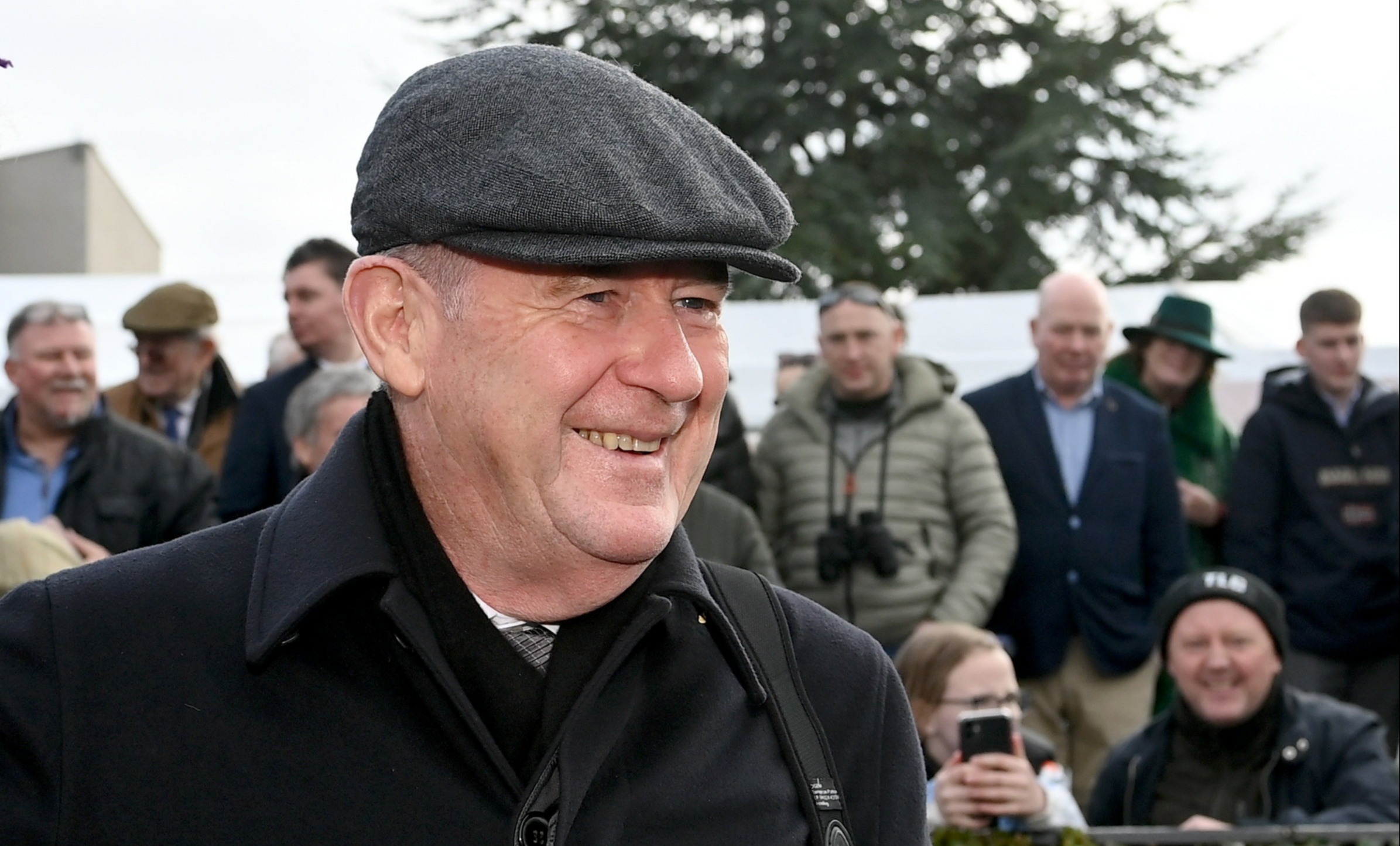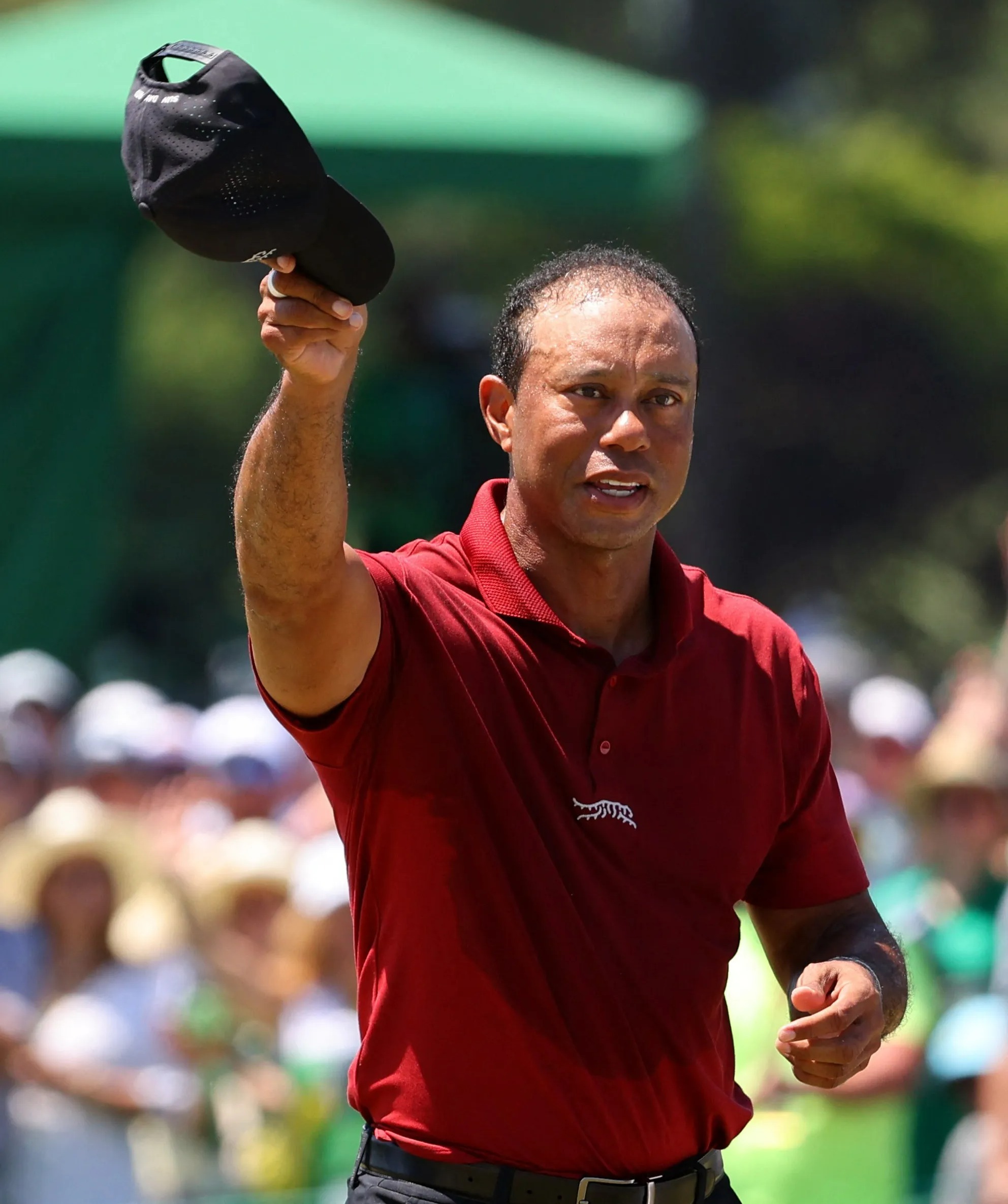Unexpected Role
Tiger Woods may be named as the USA's Ryder Cup skipper for 2025, two years earlier than anticipated. The golf legend was previously tipped for the job in Ireland in 2027 due to his friendship with the Adare Manor golf-course owner and ex-Manchester United majority shareholder JP McManus.
Strong Contender
Despite initial predictions, Woods is now a front-runner to lead his country at Bethpage Black on Long Island, New York in September next year. The 15-time Major winner has even hinted that an announcement could be on the horizon.
New Impact
Following a mixed performance at the Masters, Woods, who has battled serious injuries, is gearing up for the upcoming majors. However, off the course, he could be making waves with his potential Ryder Cup captaincy.
Ryder Cup Aspirations
Woods addressed the Ryder Cup captaincy discussions after the Masters, revealing plans to talk with the PGA of America's CEO about the role. The US team is eager to bounce back from their recent defeat in Rome, with Team Europe already solidifying their leadership.

Frequently Asked Questions
How does a golfer’s age affect their training?
Professional golfers’ training evolves as they age to accommodate the changes in their bodies and abilities. As golfers age, their training may change to focus more on joint-friendly exercises, flexibility, core stability and strengthening of the joints, while reducing high-impact activities. Those who have played golf for a while can now train smarter. They spend more time working on course management, the short-game, and recovery techniques. The seasoned golfer will rely on more precision and strategy than just power. They’ll adjust their training and approach to the sport accordingly.
What muscle groups do pro golfers work out more intensely?
Pro golfers train numerous muscle groups with an emphasis on those which directly contribute to their golf swing and overall stability. For golfers, core strength is essential for maintaining their balance and controlling their swing. Thus, abdominal, oblique, and lower back exercises are a staple. Golfers should also develop strong gluteal and thigh muscles, and have flexibility and strength at the shoulders and in the arms so that they can guide and power their clubs through the range of motion. Golf-specific fitness programmes are designed to concentrate on these key areas and not neglect overall health.
How do golfers who are professionals practice putting?
Putting is part of professional golfers’ daily routine, as their proficiency can impact tournament results. Golfers focus on technique as well as the ability to accurately read greens when they practice putting at different distances. Drills for improving consistency are very common, including repeating a putt from a predetermined distance. Alignment tools and putting devices can be used to improve precision. Players can develop a reliable putting technique by repeating these drills.
How does the weather affect a golfer’s training?
Weather conditions will have an impact on the pro golfer’s training. Adverse weather can force indoor practice with simulators and indoor facilities. Professional golfers are also proactive in their use of varied weather conditions. They prepare themselves for various conditions that they may encounter in tournaments by practicing with wind, rain, and different temperatures. As a result, they can tailor their gear and strategy to the conditions.
Can pro golfers train too much?
Overtraining is a real risk for professional golfers. Excessive training can cause injuries like tendinitis and mental burnout. It’s essential for golfers to listen to their bodies, prioritize recovery time, and maintain a balanced training schedule. In general, quality over quantity is preferred, and intentional, focused work is emphasized. Rest days in their schedules are strategically placed to allow their bodies to recover and keep their minds sharp.
Statistics
- Technology such as launch monitors are used by 85% of professional golfers in their training routines.
- It is estimated that back pain affects up to 34% of pro golfers, making it one of the most common injuries in golf.
- Up to 90% of professional golfers incorporate some form of cross-training into their fitness regimen.
- Rest days are included in 100% of the training schedules of top professional golfers to prevent burnout and injury.
- About 70% of professional golfers report practicing in adverse weather conditions to improve their adaptability to the elements.
- On average, professional golfers dedicate 30 to 40 hours per week practicing various aspects of their game.
- Statistical data indicates that around 50% of pro golfers have experienced a golf-related injury due to overtraining.
- Professional golfers under the age of 25 spend, on average, 10% more time on driving range practice compared to those over 25.
External Links
titleist.com
tpi.com
18strong.com
golfchannel.com
golfweek.usatoday.com
golfsimulatorguys.com
golfscience.org
mytpi.com
How To
How to Improve Your Golf Swing Mechanics?
Improve your golf swing by combining practice, analysis and refinement. To identify and correct technical problems, pro golfers should work with a swing coaching professional. They can use video analysis to break down their swing visually and address specific areas of improvement. Practice on the range or in game helps to embed proper mechanics. Moreover, physical conditioning that is targeted can help support the desired swing change.

